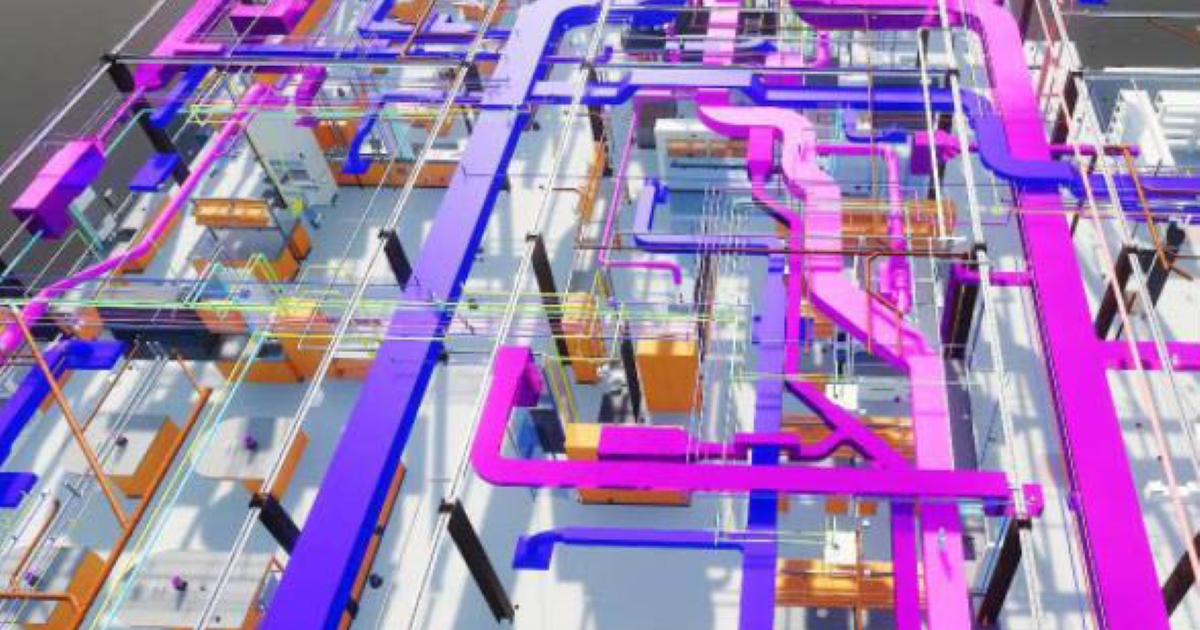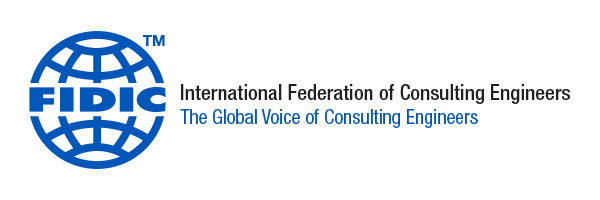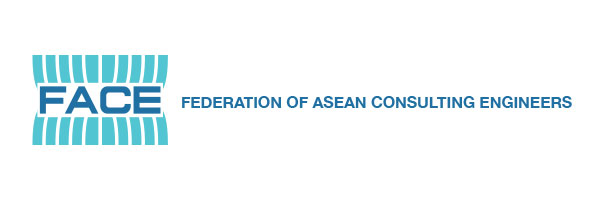By: Ir. Arul Hisham bin Abdul Rahim,
P.Eng, FIEM, MACEM, GBI CxS, REEM
AHAR Consultants PLT
July 2021
Background
One of the most contentious issues between a project owner (client/employer) and mechanical, electrical and piping consulting engineers (MEP) is project costs management. Effective cost management of M&E services in buildings is highly desirable by stakeholders because of its growing significance and increasing complexity in modern building construction.
Traditionally, in Malaysia, the quantity surveyors (QS) manage the cost of building fabrics and finishes while MEP engineers handle the cost of M&E services. In some countries, however, there has been increasing demand for specialist quantity surveyors to take charge of the cost management of M&E services as a result of its rising complexity and cost sensitivity of M&E services, with the view that these quantity surveyors can detail the costs of M&E services similarly to building fabrics and finishes. As far as in the Malaysian context, the writer has yet to encounter a situation where the QS is responsible for the cost management for M&E services.
During preliminary stage of a project, MEP engineers estimate the costs based on the gross floor area using cost data from previous projects. The accuracy of these cost estimates can vary from one firm to another, depending on their cost data and experience.
One of the major concerns in the cost management of M&E services is that practitioners often rely on the traditional approach with no uniformity in the methods adopted for preparing the Schedule of Prices (SoP) for building M&E services2. This approach has been alleged to be unsatisfactory as the SoP may not be comprehensive enough. The lump sums allowed in the SoP for M&E services are often determined by MEP consultants, requiring the contractors to perform their own measurement and spend resources to arrive at a price.
Recently, there have been some practices by some government agencies compelling MEP engineers to provide detailed quantified SoPs in M&E services tenders similar to the QS’s Bills of Quantities (BoQ). This has caused unease among MEP engineers and led to issues during contract administration. Contractual disputes arise when there are discrepancies between the quantities in the SoP and the design drawings, especially when the M&E specialist contractor lodges additional claims for the difference. As a result, the Employer may allege incompetence on the part of the MEP engineer.
The main issues among others are:
- Are the MEP engineers contractually responsible for preparing material take-off for BoQ?
- What are the extent of responsibilities of MEP engineers in contract cost management?
- Which document takes precedence when there is a discrepancy between quantities and drawings?
- How would MEP engineers’ practice differ when BIM capability in material taking-off is taken into consideration? Who is going to be responsible for producing the SoF or BoQ?
The main keywords here are estimates, schedules of prices, schedule of rates and bills of quantities. These terms are often used inter-changeably by industry players although they have distinct contractual meanings.
Hence, this article aims to examine this issue from the perspective of an MEP engineer in the context of existing contractual practices and systemic disconnect within the industry.
MEP Engineers Standard Memorandum of Agreement for services.
In the Consultancy Service Agreement (CSA) Form of Agreement CSA2014-Engineering (Amendment 2018), MEP services are categorised as Type-C Works in Part A: Schedule of Services. The items deemed as Basic Professional Services for MEP engineers that are related to cost management (highlighted in bold and italic) are listed below3:
- Clause 2.3 (a)(iii) which states:
“providing sufficient preliminary information and approximate estimates (based on unit volume, unit surface area or similar bases of estimation) regarding the works to enable the client or the architect to prepare architectural sketch plans and budget estimates for the project;” - Clause 2.3 (b)(ii) which states:“advising on condition of contract, preparing specifications and schedules as may be necessary to enable Government to obtain tenders or otherwise award a contract for carrying out the Works, and preparing such calculations and details relating to the Works as may be required for submission to any appropriate authorities.”
- Clause 2.3(c) which states:
“The Services to be provided by the CE at this stage comprise advising the Government as to the suitability for carrying out the Works of the person, firms or companies tendering and as to the relative merits of tenders, including relative merit of alternative tenders, prices and estimates received for carrying out the Works.” - Clause 2.3(d) with the following sub-clauses which state:
“(i) advising on the preparation of formal contract documents, including letter of acceptance relating to accepted tenders for carrying out the Works or part hereof;
(xii) issuing all certificates as required in contracts;
(xvi) deciding any dispute or difference arising between the Government and the Contractor in connection with the Works and referred to the CE for his decision provided that this professional service shall not extend to advising the Government following the taking of any step in or towards any arbitration or litigation in connection with the Works, and” - Clause 2.3(e)(viii) which states:
“at the end of defect liability period, the CE shall certify that all defects have been carried out and then shall prepare and recommend the certificate of making good defects and closing of account to GR;”
Comparing to the BEM Form of Agreement (1998), the scopes of services are similar as above except on Clause 1(3)d(x) which states: “advising on interim valuation, issuing certificates for payment to the contractor where appropriate and advising on the settlement of the contractor’s final accounts;”4
The Scope of Services Between MEP engineers and Quantity Surveyor Pertaining to Cost Management
For the purpose of comparison, the writer would like to highlight the quantity surveyor’s Memorandum of Agreement CSA (2014) Quantity Surveying including SOF 2004 with regards to the basic professional services pertaining to cost management works as following5:
- Clause 5.5(b) which states: “The CQS shall prepare bills of quantities in accordance with the principles of the current edition of the Standard Method of Measurement of building works published by the Institution of Surveyors Malaysia (ISM) and other established method of measurement sanctioned by the ISM.”
- Clause 5.5(e) which states: “Where the CQS is required by the Government to finalise account of the Works, the CQS shall complete the Statement of Final Account and deliver the Statement of Final Account to the GR within the period specified under item 8 in Appendix 7 of this Agreement.”
- Part A: Schedule of Services Clause 2.1(b) Basic professional Services which states: “ preparing bills of quantities and other tender documents necessary for the calling of tenders excluding mechanical and electrical works, interior design works or landscaping works (The specifications of the works to be incorporated in the tender documents shall be prepared and submitted by the respective consultant to the CQS);”
- Clause 2.1(c) which states: “preparing tender reports and contract documents, including pricing of bills of quantities or pricing and agreeing schedule of rates, in collaboration with mechanical and electrical consultants, interior designers or landscape consultants for their respective works;”
- Clause 2.1(d) which states: “valuing works in progress for interim valuations/certificates including measurement of variations excluding mechanical and electrical works, interior design works or landscaping works and including the verifications and incorporation of the amounts recommended by the consultants for their respective works; and”,
- Clause 2.1(e) which states: “preparing final accounts for the whole works including the incorporation of the final accounts prepared by the mechanical and electrical consultants, interior designers or landscape consultants for their respective works”.
From the above, there are significant differences between the scopes of MEP engineers and quantity surveyor, particularly in the methods of pricing.
Systemic Disconnect in Project Cost Management
The contractual differences clearly give rise to different expectations from clients or employers regarding the level of services expected from the MEP engineers. As far as the writer is concerned, the responsibilities of MEP engineers are as follows:
- Preparation of cost estimates based on unit cost or equivalent (e.g., RM per sq.m, RM per Refrigeration Tons, etc.)
- Preparing “schedule of prices” to enable tenders to be called and priced accordingly by bidders. The method of listing the schedule of prices may be strctured based on the progress of works.
- Preparing “schedule of unit rates” to enable valuation of works in the event of any variations from the contract drawings.
- Preparing “interim payment certificates” to enable verification of payments to the specialist contractors.
Some detractors argue that the schedule of prices is not detailed enough raising the possibility of over-payment. However, proponents argue that a recourse is always available to the employer through provisions in the contract, such as retention sum, performance bond and most importantly, the code of professional conduct within the engineering fraternity.
Because MEP engineers are responsible for the cost management of M&E services, employers often expect MEP engineers to also handle quantity surveying work. However, from the above list, it is clear that there are marked differences between the responsibilities of MEP engineers and those of quantity surveyors. Let us now examine the factors contributing to this disconnect.
- As per the QS’s clause 5.5(b), the development of the BoQ follows a methodology based on the Malaysian Standard Method of Measurement (SMM) of building works published by the Institution of Surveyors Malaysia (ISM). However, the SMM2 2nd Edition Rev 1:2000 includes Chapters Q on Plumbing and Mechanical Engineering Installations, and Chapter R on Electrical Installations6. The bill items measure the quantities in appropriate physical units, such as cubic meters, enumeration and linear meters in accordance with the detailed rules of the SMM. However, specialist M&E services tender documents prepared by MEP engineers are often based on lump sum contract.If one were to review the principles of measurement from the Royal Institution of Chartered Surveyor, UK (RICS) book7 and SMM2 Rev2 above, it becomes evident that the methods described therein are beyond the realm of MEP engineers. The understanding of the whole quantifying methodology requires at least one or two semesters course study at university degree level; of which none of local engineering faculty is offering as far as the writer is aware of.
- Currently, MEP engineers are not trained to adopt a specific standard method of measurement. This has caused differences in practice between one firm to another. In addition, QS practitioners are also not trained in the basic skills in tracing from the M&E design/construction drawings for an understanding of the M&E construction and installation processes, to analyse and interpret the technical information. There is a skills shortage among quantity surveyors with expertise in mechanical and electrical installations.In the industry, it is generally acceptable that Civil and Structural (C&S) engineers are only responsible for producing civil works and structural designs, while the material take-off is the responsibility of the QS. It is for the same reason due to the method of measurement as outlined in item (1) above that this method is practiced. C&S engineers are compensated solely for the design and analysis involved in producing the complete design. However, the situation is different for MEP engineers, except for plumbing and sanitary installations. Recent developments have also begun to shift the responsibility for plumbing and sanitary installations to MEP engineers.The same principle should also be extended to MEP engineers. Despite undertaking quantity surveying tasks, MEP engineers are not remunerated for doing this additional work. According to Clauses 3.3(vi) and 3.3(x) Type C Work – Additional Professional Service, the preparation of any form of document related to quantity measurement by MEP engineers is considered as additional professional service. In fact, MEP engineers typically receive the lowest fees compared to other professionals.
- The process on how MEP engineers arrive to an estimate during the preliminary stage of a project is unique, depending on the specific systems of the M&E services. For example, in the case of an air-conditioning and ventilation (ACMV) system, various types of ACMV systems can significantly impact the cost.. A 2,000-square meters office may be designed using split-unit system, or water- cooled packaged unit with ducting, or air-cooled chiller system with air-handler and fan-coil units. Each system has a different unit cost; which can vary substantially.
- Unlike brick and mortar which are relatively similar in cost everywhere, the cost of M&E services vary depending on the type of system, clients’ and building requirements as well as the brand of equipment. A simple analogy is a car; if the performance specifications require a car capable of accommodating four persons and travelling at 100 kmh, there are many brands from Proton to BMW that meets these basic specifications. However, the prices are different depending on factors such as quality, reliability, after-sales service, and tax structure. Therefore, the assumption of “equivalent” as normally stated in the tender document is a misnomer.
Hence, MEP engineers would normally estimate costs based on their perceived cost acceptance by the client. If the client favors a premium brand or more sophisticated designs, then the cost estimate would have to reflect that reality.
Both the MEP’s CSA 2014 and the BEM Form of Agreement 1999 do not specifically require BoQ to be prepared by MEP engineer. However, there have been some confusions when the PWD 203N Form of Sub-contract is used as it lists SoP and/or BoQ as part of the contract, albeit last in the list under the definition of sub-contract. Some legal practitioners argue that this suggests that the SoP is deemed lowest in the order of precedence. For this reason, drawings and specifications (which are listed higher) take higher precedence over the SoP.
Way Forward
Building services contracting differs from most other trades in several key areas: the role of direct labour, the importance of the work undertaken by sub-subcontractors, the extent of co-ordination required between trades, and the extent of design work that can be shared between consultants and specialists.
In other trades, there can be a greater degree of fragmentation in the delivery of work on site. For example, Ductwork and ductwork insulationare often carried out by different trade contractors. Similarly, water and air ventilation systems may be installed by different specialists. Furthermore, specialist trades related to discrete systems such as sprinklers, fire alarms and lightning protection need to be brought into the supply chain. Other key players in the supply chain are component manufacturers, as well as specialist consultants such as testing and commissioning engineers.
The increased use of Building Information Management (BIM) in high-value, high-risk areas such as plant rooms and risers is enabling designers to design systems more effectively, by taking into account the need for installation, maintenance and replacement. The adoptation of BIM remains slow and inconsistent, particularly among M&E services contractors and facility management professionals.
While BIM makes material take-offs easier, this does not necessarily mean that MEP engineers are responsible for providing the Bill of Quantities (BoQ) according to SMM rules. The issue of segregation of design work and quantity surveying work for M&E services must be resolved before further confusion by players in the industry. It is obvious that the current engineering degree syllabus does not equip MEP engineers to perform this task.
Some proponents suggest that a Standard-Based Pricing Mechanism8 for M&E services could enhance procurement and cost management. Singapore’s Standards Code of Practice for Construction Electronic Measurement Standard, CP 97 ; 2004 (2015) provides a standard method of measurement for mechanical and electrical works; but the responsibility is put under the QS to upskill themselves9 not on the MEP engineers.
In Malaysia, despite the standard rules of measurement provisions for M&E services have been available since the 1st metric edition of SMM since 1976, it has not become an industry norm until today. Despite that, the QS fees are calculated to include the M&E services costs albeit with some qualifications. In conclusion, the industry should revert to the original intents of the professional service agreement for each discipline and adhere to the rules of SMM when allocating the responsibilities of consultants.
Acknowledgements
The writer would like to thank following persons for providing valuable input for this paper:
- Ir. Amir Soffian bin Abd Razak
- Ir. Fadil bin Ibrahim
- Ir. Ahmad Masyhur bin Yahya
- Ar. Badrul Hisham bin Mohd Said
References
1 Procurement of Building Services; Rawlison, S., Nugent, B. & Dedman, A.;. 2007
2 CIDB, 2009; Amuda Yusuf, Mohamed, & Remeli, 2013a
3 Form of Agreement CSA2014-Engineering (Amendment 2018)
4 BEM Form of Agreement (1998)
5 Memorandum of Agreement CSA(2014) Quantity Surveying
6 Malaysian Standard Method of Measurement (SMM) of building works 2nd Edition Rev 1 2000; The Institution of Surveyors Malaysia (ISM)
7 Principle of Measurement for Works of Construction; RISC (UK); 1979
8 Perceived Benefits of Adopting Standard – Based Pricing Mechanism for Mechanical and Electrical Services Installations; Ganiyu Amuda Yusuf and Sarajul Fikri Mohamed, (Universiti Teknologi Malaysia, Malaysia) 2014 9 Quantities for M&E Building Services workshop brochure; Singapore Institute of Surveyors and Valuers, 2019







